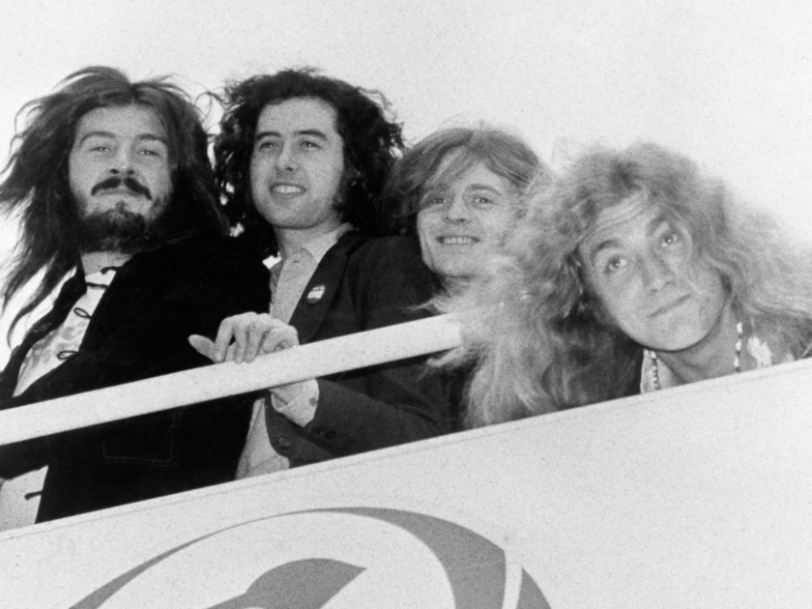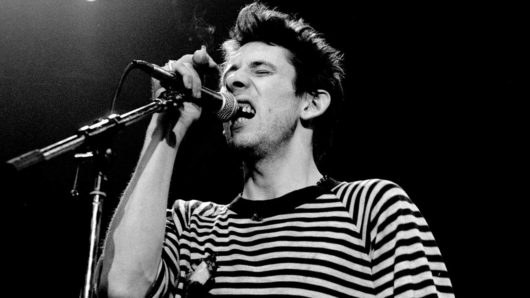It’s difficult to refute claims that the 60s was a golden decade for music. An astonishing period in history, it not only saw credible pop enter the mainstream for the first time, but it also proved that music could be an art form with the power to change the world. It all began with The Beatles, Merseybeat and the British Invasion – yet, as it transpired, that was only the beginning. As the decade matured, so did the music, with pop gradually giving way to progressive-minded rock, and visionary records such as The Beatles’ Revolver and The Beach Boys’ Pet Sounds shifting the focus from singles to albums. From then on, new genres such as psychedelia, hard rock and prog all produced a litany of glittering stars, which makes compiling a list of the best 60s bands a challenge. Read on and see if you agree with our choices…
Listen to our Rock Classics playlist here, and check out the best 60s bands, below.
15: Pink Floyd
Pink Floyd would develop into one of rock’s biggest acts during the 70s, but they achieved so much during their formative years that they warrant inclusion in any self-respecting list of the best 60s bands. Initially fronted by the mercurial Syd Barrett, the Cambridge quartet quickly found success, their dark, whimsical psych-pop chiming with 1967’s Summer Of Love and resulting in both the band’s debut album, The Piper At The Gates Of Dawn, and their glorious second single, See Emily Play, both going Top 10 in the UK.
As Barrett struggled with fame and chose to withdraw from public life, his bandmates brought in guitarist David Gilmour, and Pink Floyd changed direction. Issued in 1968 and 1969, respectively, the albums A Saucerful Of Secrets and Ummagumma chronicled the group’s shift from psychedelia towards the atmospheric, prog-rock sound with which they would make their fortune during the 70s.
Must hear: See Emily Play




